8. Under The Skin (2013)
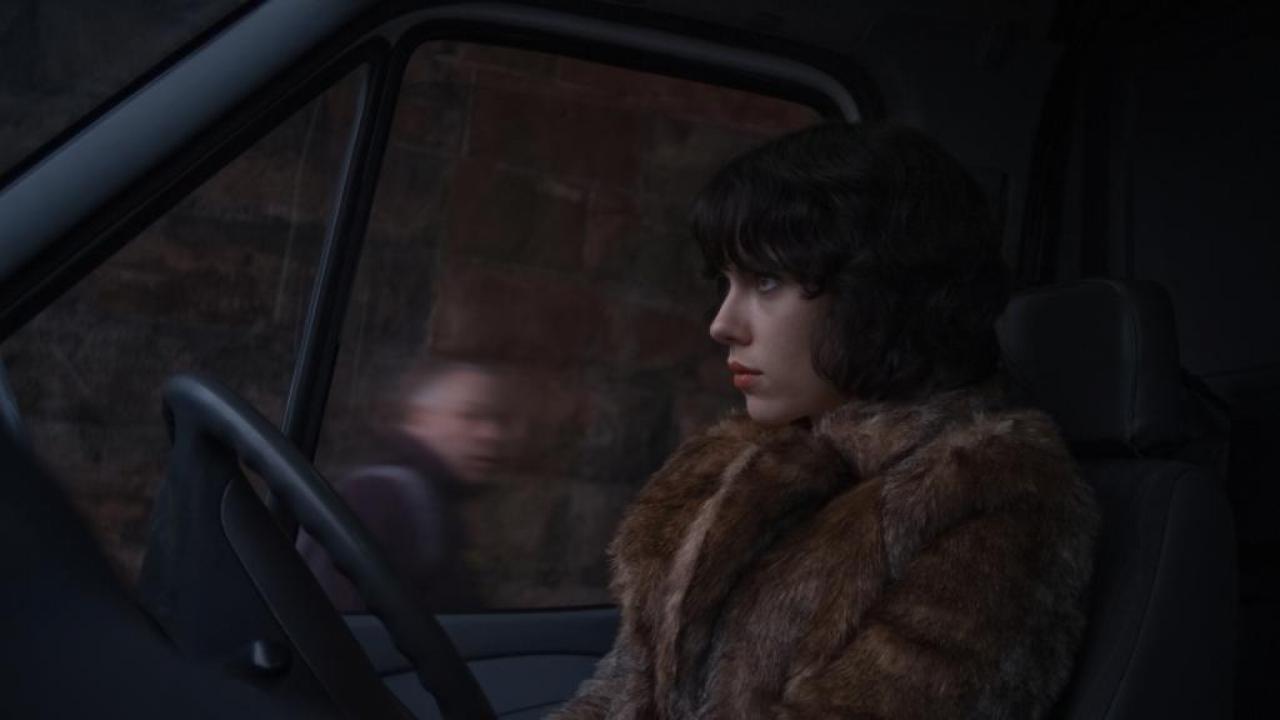
Literally abstract and sensorial cinema, this is a feature film formally experimental but not in substance as it’s the adaptation of the eponymous science fiction novel “Under the Skin” by Michel Faber, musically conducted by Mica Levi.
The plot, at first, is relatively simple: with the arrival of an alien predator on Earth, an event magnified by images and sounds in a very pure graphic style, Jonathan Glazer achieves what no one before him has ever done.
“Under the Skin” challenges, shocks and provokes with its solitudes exposed onscreen. The nakedness of the actors, the eminently sexual approach, the strong inner emotions, and many other things made the exercise of this poetic and strange in-depth experience a quite uncomfortable and disturbing trip, not for lack of interest or material but due to an exposure to this environment that is totally unrecognizable and unknown.
7. The Turin Horse (2011)
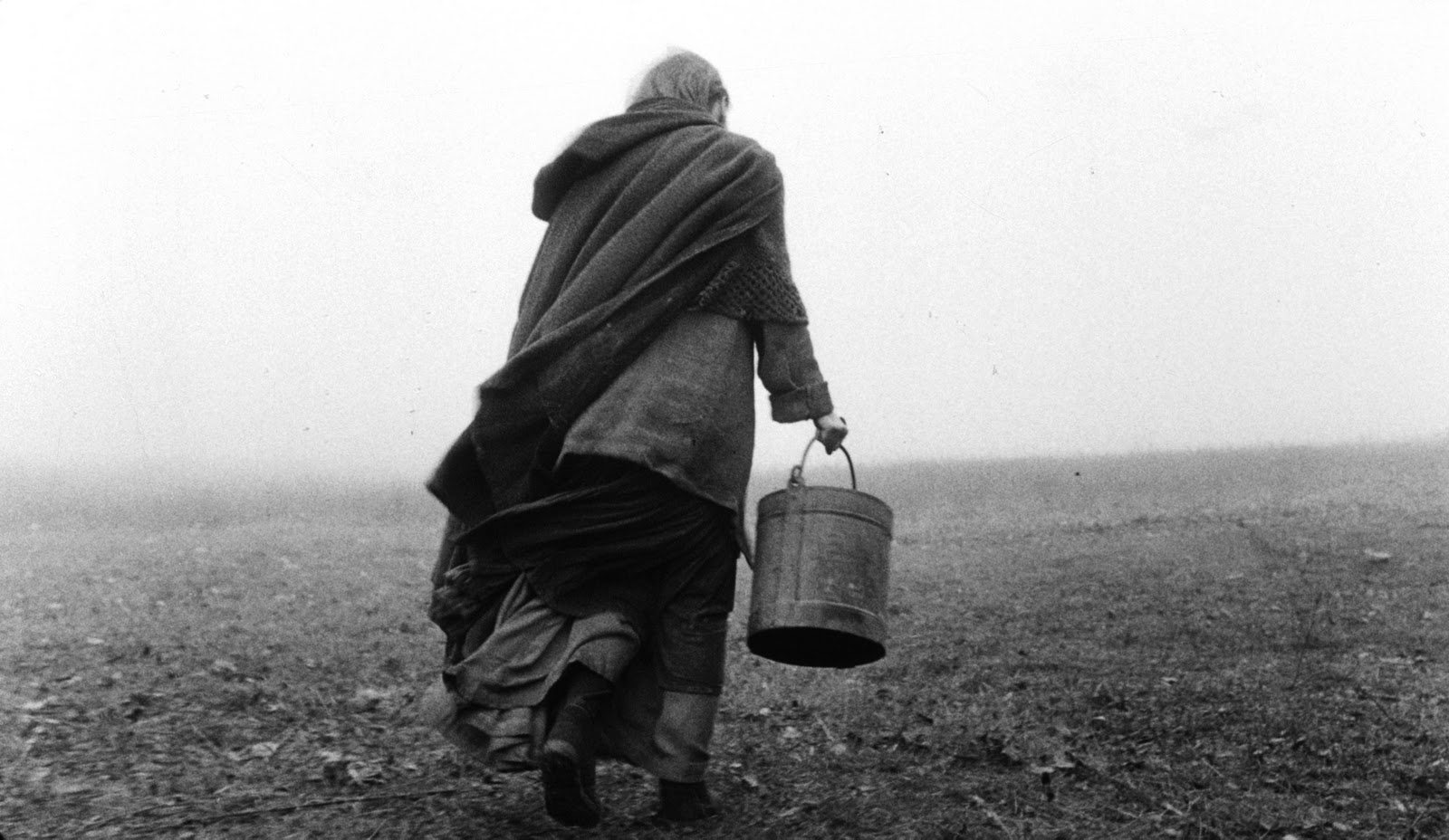
It is an apocalyptical fresco in black and white, without great noise or unnecessary gestures, without a drop of blood or even a frightened cry, the end of the living world like you have never suspected it.
Suspended between silence and infinite, the protagonists of “The Turin Horse” are, like the audience, spectators; we are forced to enhance a certain self-recognition in these pieces of flesh, fighting and searching for a reason to be delivered from this contemplation of a nothingness deeply rooted.
“The Turin Horse” leaves the viewer to his own fate in a ruthless world – a cruel gesture, certainly, which has the admirable quality of being honest to the very last moments of the movie.
6. Possession (1981)
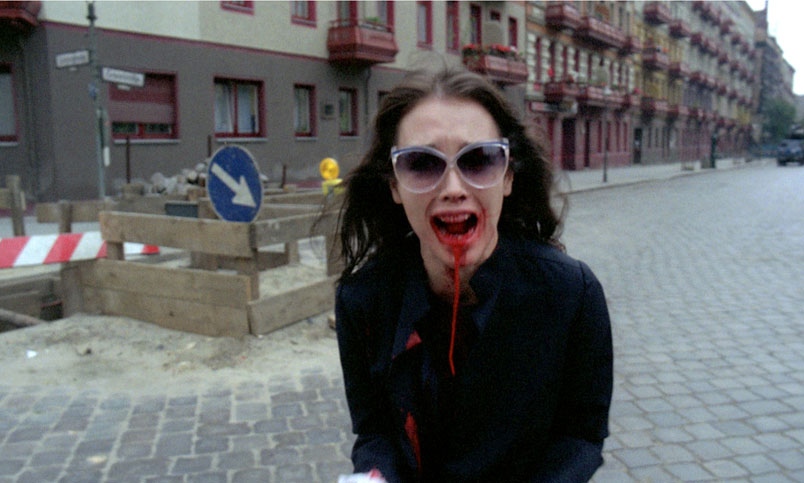
“Possession” is a work about the visceral disintegration of a couple where an execrable salutary frenzy will destroy their lives and feelings.
The movie begins as a marital drama, in which a couple is torn violently; their relationship quickly becomes scary and unhealthy when the woman (Isabelle Adjani) starts showing worrying signs of madness, and a mysterious creature makes its appearance.
The director blurs the tracks very well, so we do not know if what we see is real or imagined. We leave this movie exhausted with the impression of having lived a waking nightmare. Isabelle Adjani is no stranger to this. She is absolutely amazing in this dual role delivering a breathtaking performance.
The very large number of reading levels and possible interpretations make this film very special in its genre.
5. Irreversible (2002)
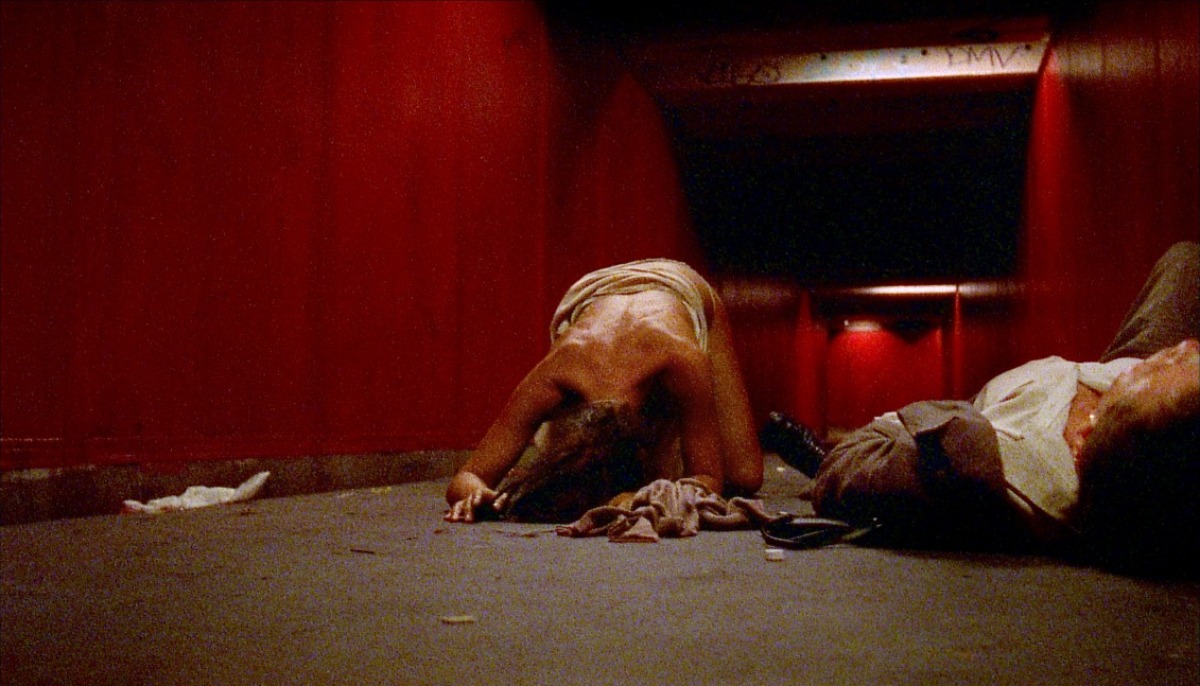
This is the major work of Gaspar Noe, which earned him undoubtedly one of the most mixed receptions in the history of modern cinema.
Gaspar Noé is one of the few filmmakers in the world, if not the only one, to place his camera where no one wants to: in the heart of the darkest part of humanity.
After incest (“Seul contre tous”) and before death (“Enter the Void”), Noah deals with rape, and he does it with the highest level of honesty, being as he is: uncompromising.
The inverted narrative as a process of storytelling can certainly evoke a symbol, like a confused memory rushing into the infernal tunnel of trauma to return finally to the happiest moments in one’s life, or a specific literary rewritten in reverse to watch, observe better and focus on the premonitory signs that led him to his final fall.
Through an illusion of one long take, actually rigged by invisible connections and panoramic yarns, a permanent stress is installed, cubed by the musical compositions of Thomas Bangalter who mostly plays on loops and pattern repeats.
The 13 sequences that make up the film are quite the opposite of the recurring tactic of most filmmakers, which is exploiting shocking images to signify a shocking event and avoid undermining viewer’s sensitivity.
“Irréversible” is a work that amplifies reality by working on sensations that durably prints shock through images, until an ultimate stroboscopic effect of an ultraviolent stimuli kicks in, dissolving time and space on the very same movement of stress.
4. Bad Lieutenant (1992)

Abel Ferrara’s vision has always been chaotic, and it’s in this chaos and misery that the director draws his very particular vision of a world where values and morals are mere stories for children. His “Bad Lieutenant” is an anti-hero per excellence.
A man depraved from any principle, master or god, the character evolves in a gloomy world devoid of any sense of humanity, blinded by money and carburized by cocaine.
There is nothing light in this film; everything is to be taken in the first degree, a blackness density emanating from all angles, from addiction to drugs, sex and gambling.
We observe throughout the film a total deconstruction of faith, morality and the validity of any principle governing the world, a false prophet of modern times that still moves you, with a touch of outstandingly strange hope.
3. Calvaire (2004)
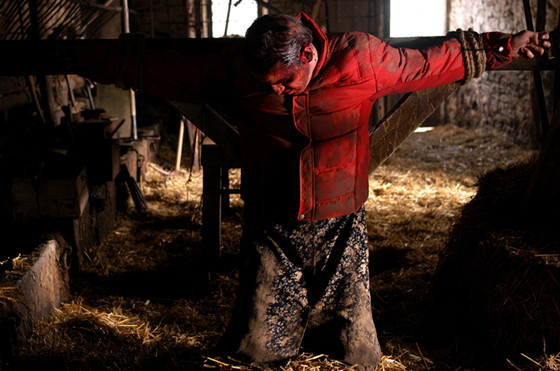
“Calvaire” is a horrific farce that is totally crazy and highly disturbing; the kind of movie we only advise to a well-informed public.
The story begins as a comedy of a bad taste with a far-fetched intrigue, and a couple of miserable and gloomy characters. Suddenly, the joke turns into a nightmare.
Extremely murky and unhealthy, “Calvaire” instills fear in our minds and disturbs our jaded eyes.
The story, which is unpredictable and bizarre, gradually branches off into fantasy, being based on an oppressive gradation of horror’s banality.
2. The Tribe (2014)

“The Tribe”, the first feature from Ukrainian director Miroslav Slaboshpitsky, is a statement, and a witness of the violence of this world and the decay of humanity with all that is bad and inherently evil in it.
This critical approach, often used in cinema to paint a portrait that is no more apocalyptic than reality itself, is not particularly new, except that with “The Tribe” it’s used with a very different approach, which we will find to be original at first when reading the synopsis, then find it exceptional and divine. Why? Because “The Tribe” is undoubtedly a masterpiece and the fact that it’s only a first work heavily amplifies this appeal.
“The Tribe” is completely shot in sign language – no subtitling, no comments and no music – to tell you that the fear of falling into an experimental and boring trial was actually there. But finally, the understanding of this film is as clear and direct as a clap of thunder on an August night.
The work on the movements and sound design are huge; the movie completely reinvents the use of silence in cinema. Nothing is intended to guide you in some understanding more than another, and yet no one speaks. We only see hands and torsos that rise with the use of a sudden movement. These moans and muted voices seem to whisper verses of iconic evil poetry.
The sequence shots keep coming with a hypnotic and revealing mastery, as this clandestine abortion scene where the camera is no longer a filming tool but rather a medicinal one, a scalpel.
“The Tribe” is a tour de force, a glimmer of hope, and proof that in a world full of horror, some people still do wonders.
1. Salo, or The 120 Days of Sodom (1975)
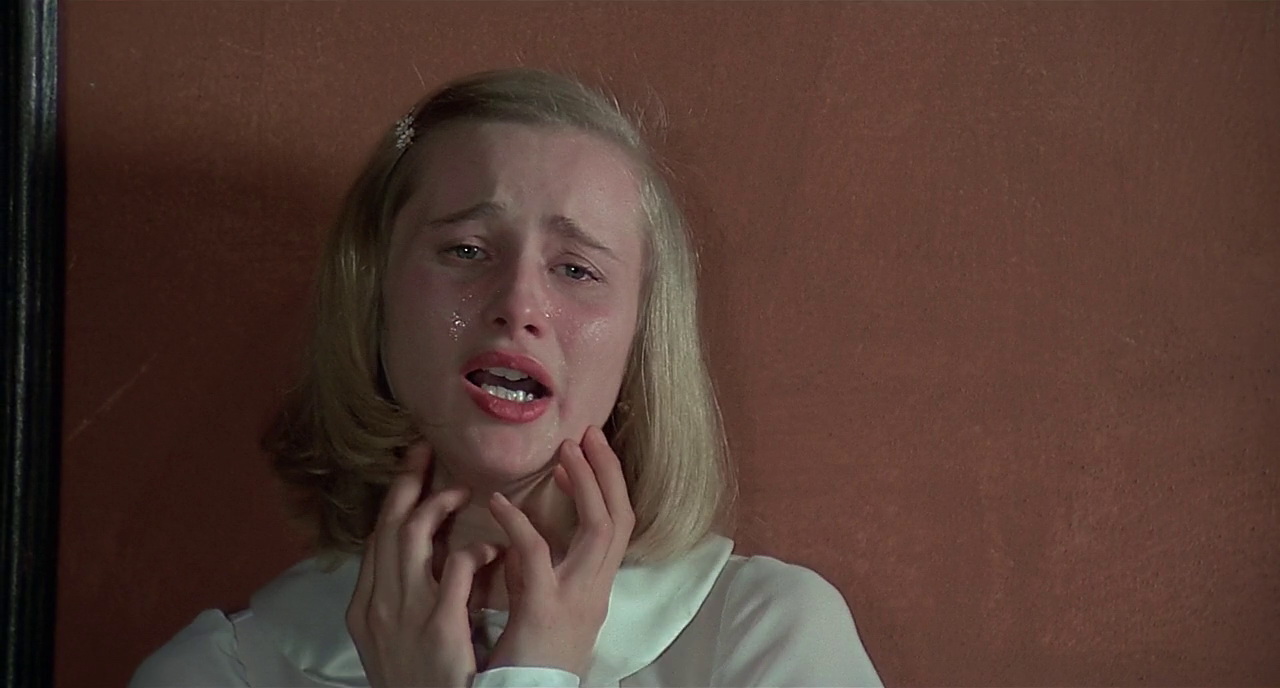
The ultimate Pasolini movie could claim first place on all sorts of lists and this one certainly won’t be the exception.
Pier Paolo Pasolini’s “Salo” could be considered as his final will; he was finalizing the editing when he was been cowardly assassinated on the beach of Ostia in Rome in 1975. This work was controversial and is still hit by censorship in several countries.
Often unsustainable, “Salò, or the 120 Days of Sodom”, is very faithful to the work of the Marquis de Sade and was aimed essentially as a gimmick to denounce fascism in all its forms.
“Salò, or the 120 Days of Sodom”, unless we take in the significance with tweezers, is not a dangerous movie. It is, by its integrity and courage, an anti-fascist and shattering work, without a shadow of a doubt.
Author Bio: Issam Jemaa is a cinephile and movie critic. Heaven is a metaphor, if not, it certainly is a bottle of red wine and The Criterion Collection.